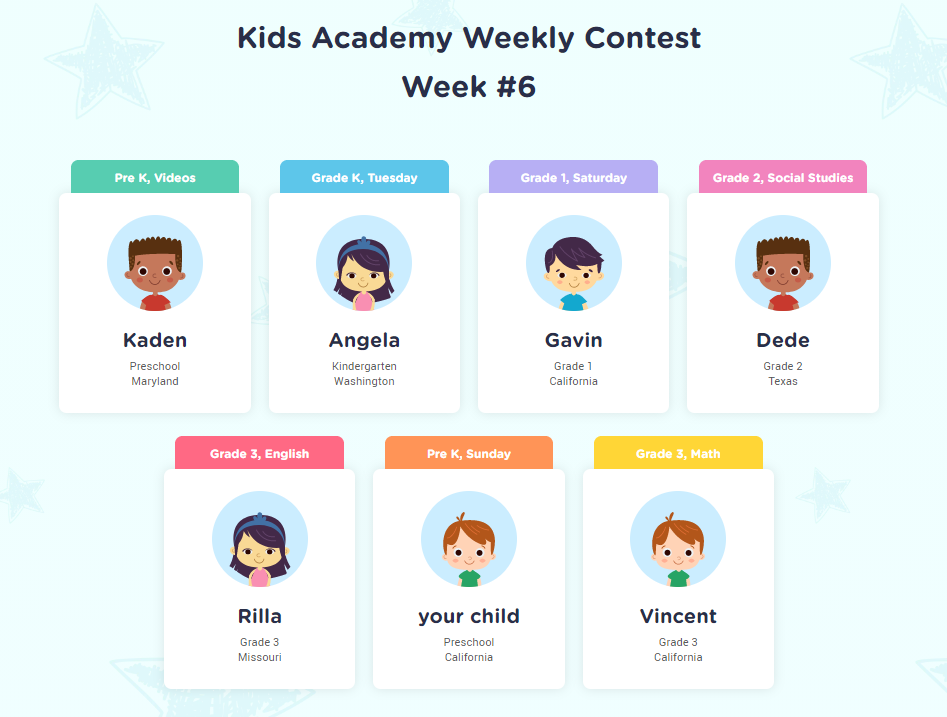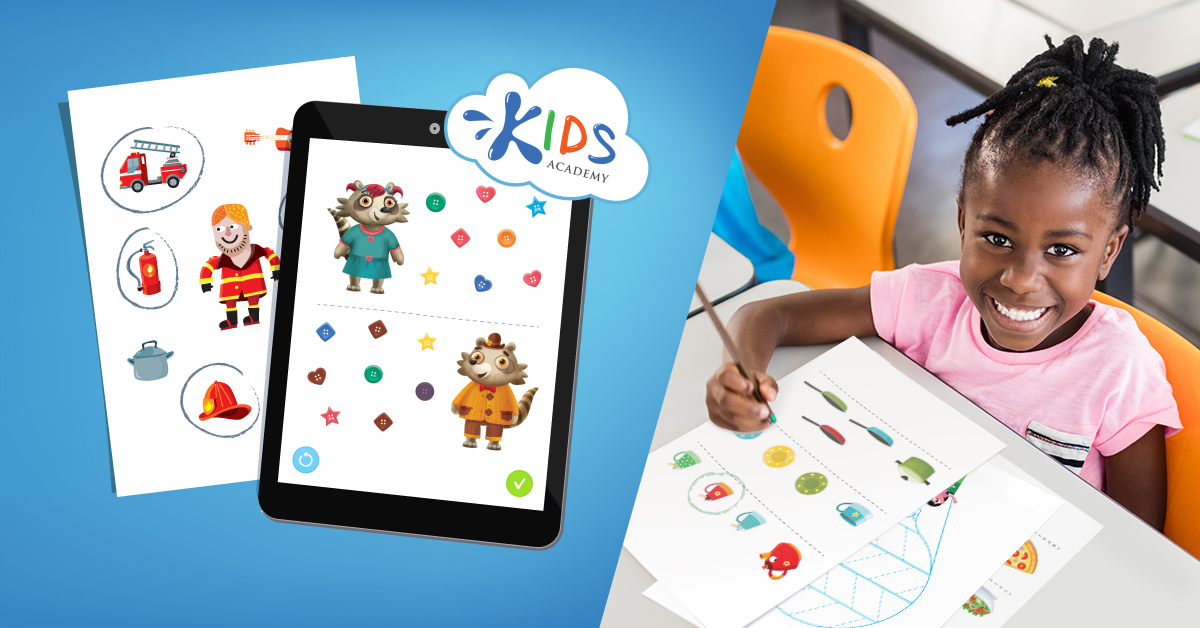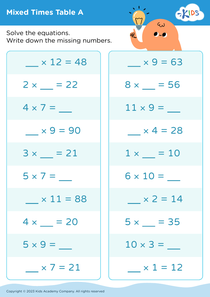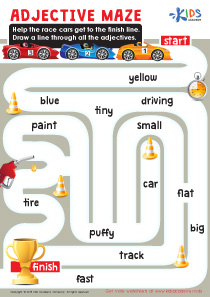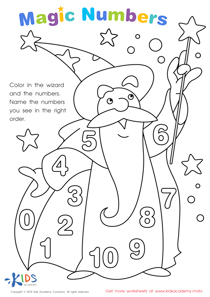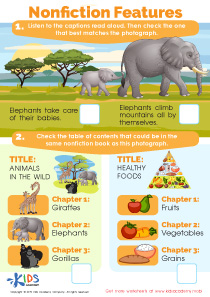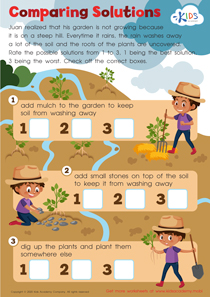Extra Challenge Tracing worksheets activities for Ages 7-9
17 filtered results
-
From - To
Discover our "Extra Challenge Tracing Worksheets" designed specifically for children aged 7-9! These engaging worksheets provide a fun yet challenging way for young learners to improve their fine motor skills and handwriting. Each activity features intricate designs and patterns, encouraging students to trace and perfect their penmanship while enhancing focus and concentration. From delightful shapes to letters and numbers, our worksheets cater to diverse learning needs, helping your child master essential tracing techniques. Ideal for both at-home practice and classroom activities, our worksheets are an excellent resource for fostering creativity and developing confidence in young writers. Start tracing today!
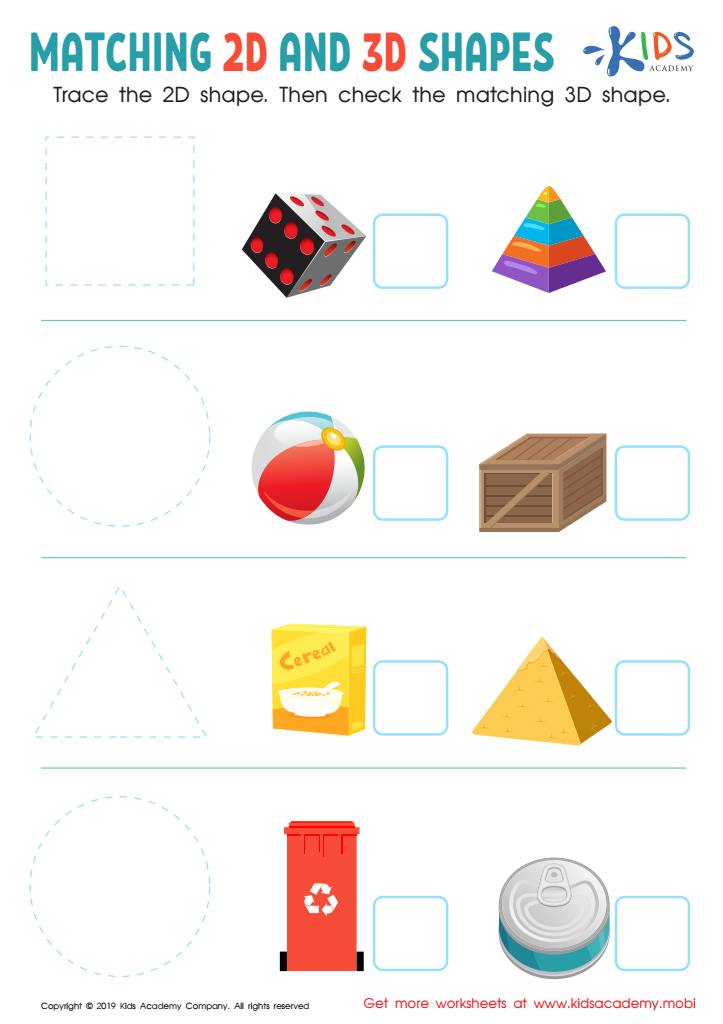

Matching 2D and 3D Shapes Worksheet
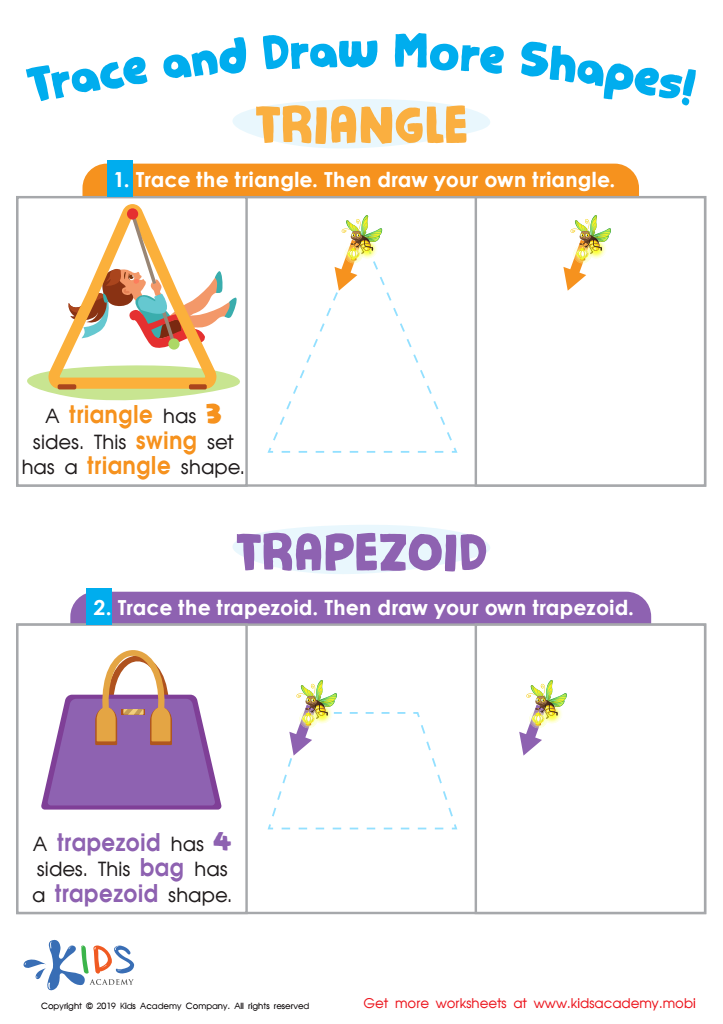

Trace and Draw More Shapes Worksheet
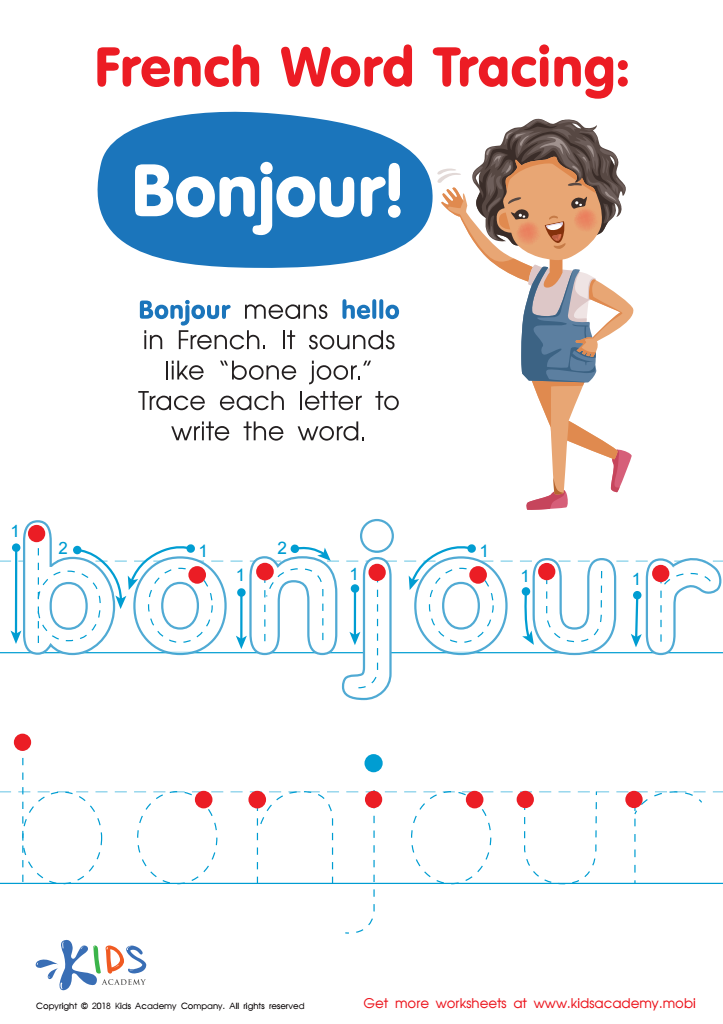

French Word Tracing: Bonjour Worksheet
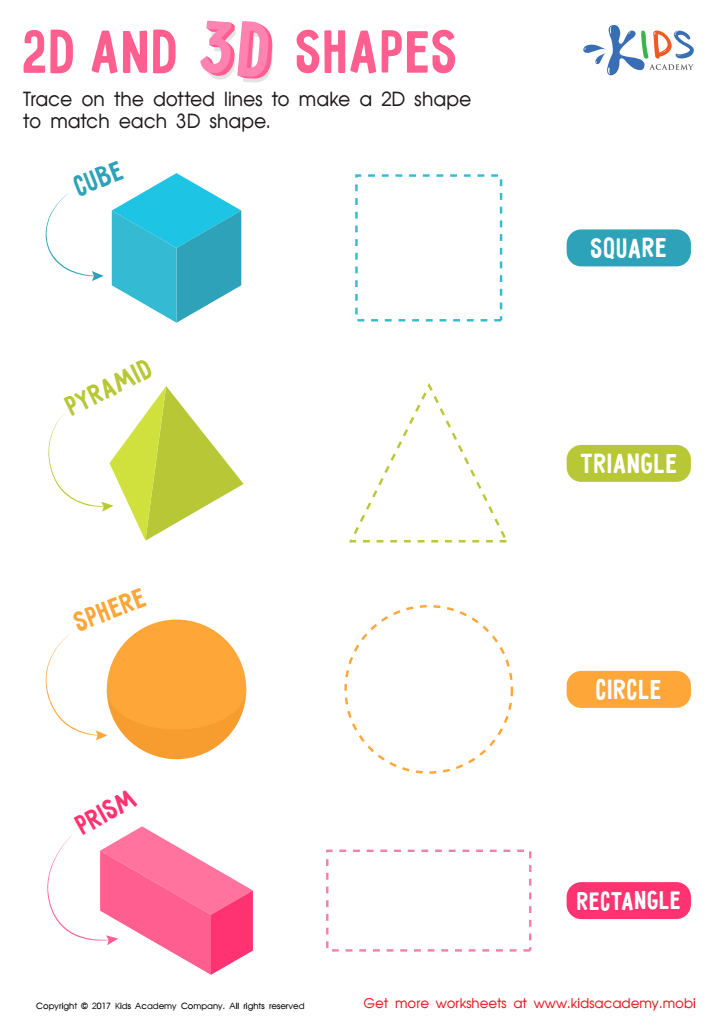

2D and 3D Shapes Worksheet
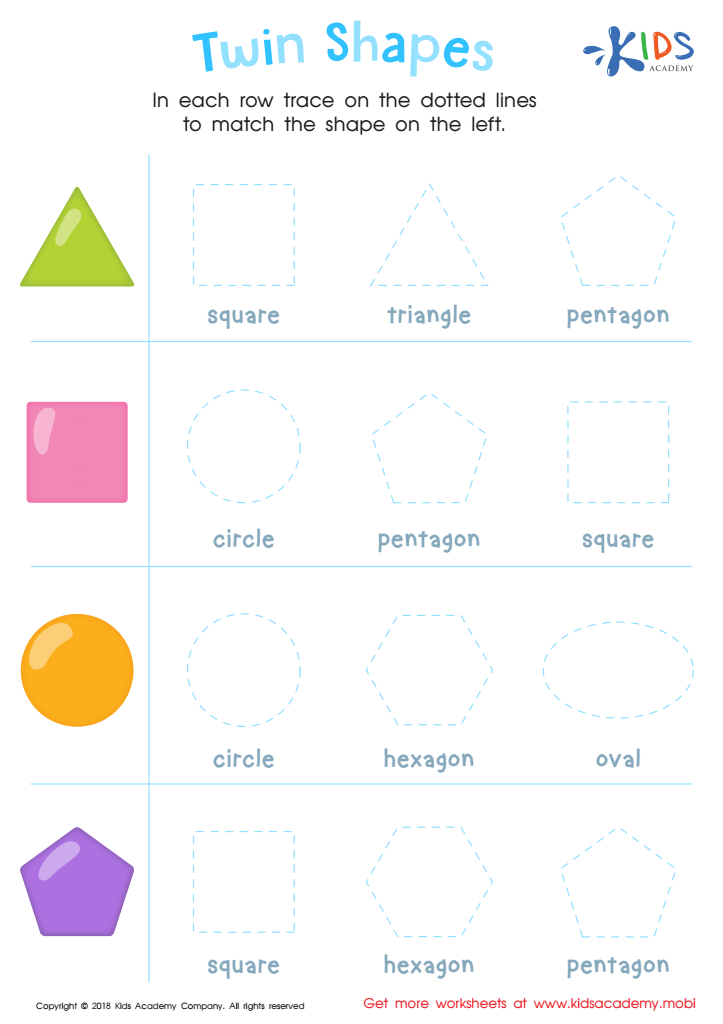

Twin Shapes Dot-to-Dot Worksheet
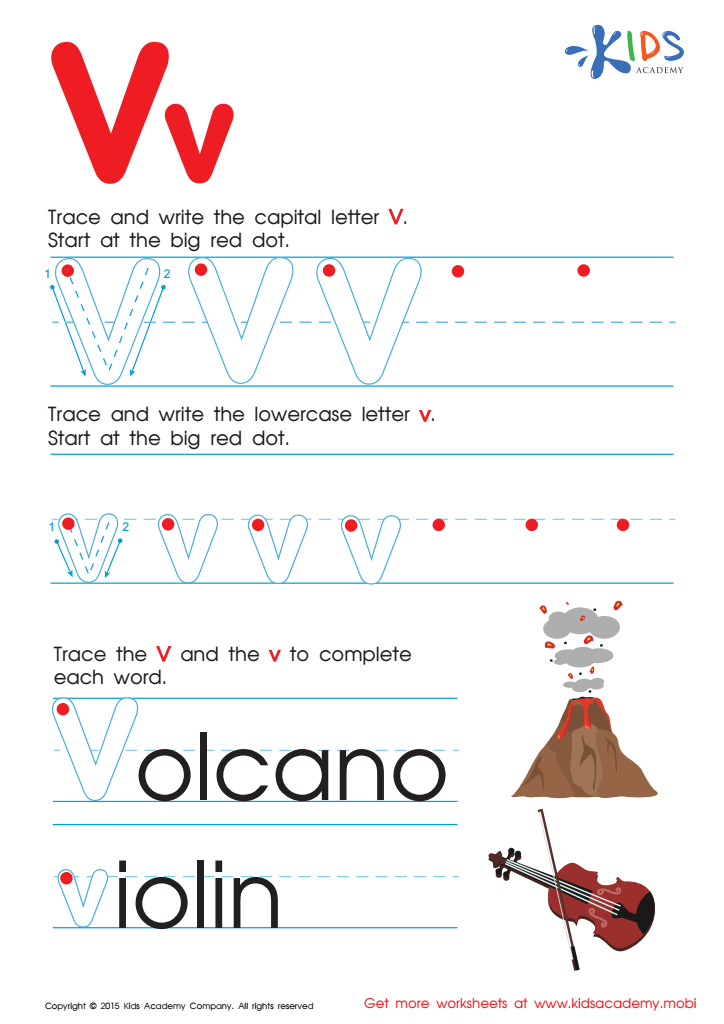

Letter V Tracing Page
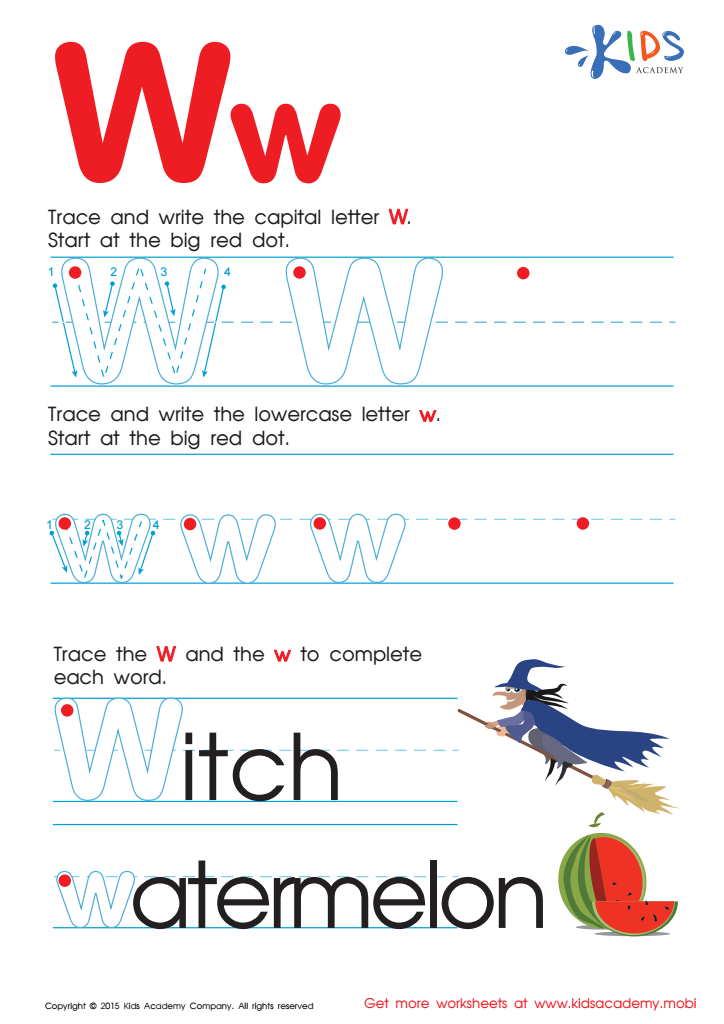

Letter W Tracing Page
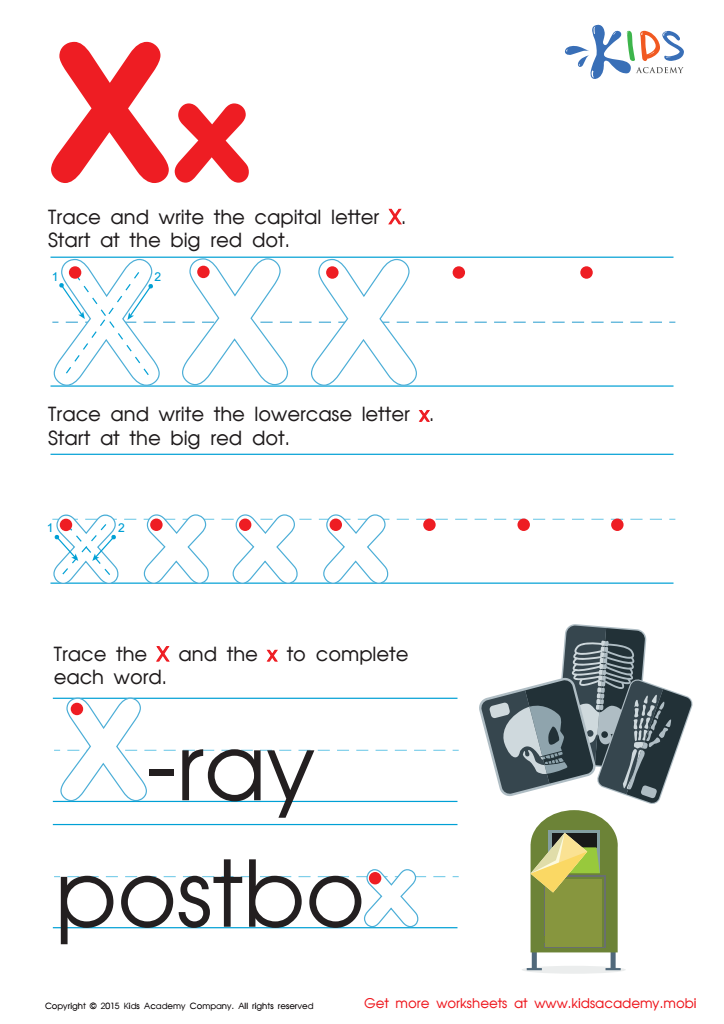

Letter X Tracing Page
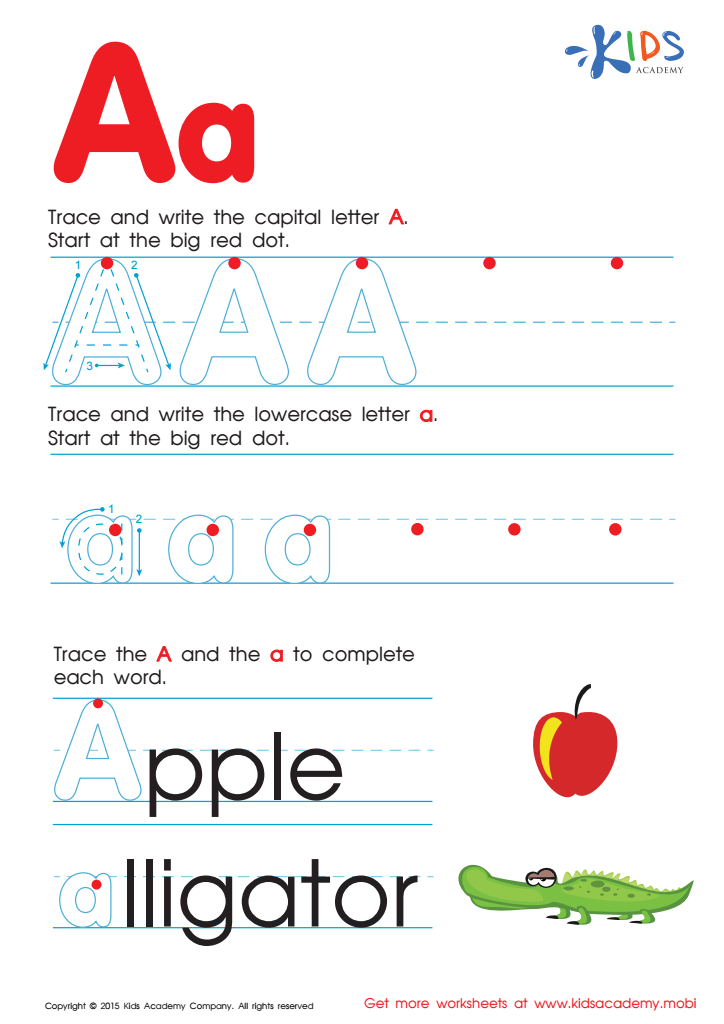

Letter A Tracing Page


Letter Z Tracing Page
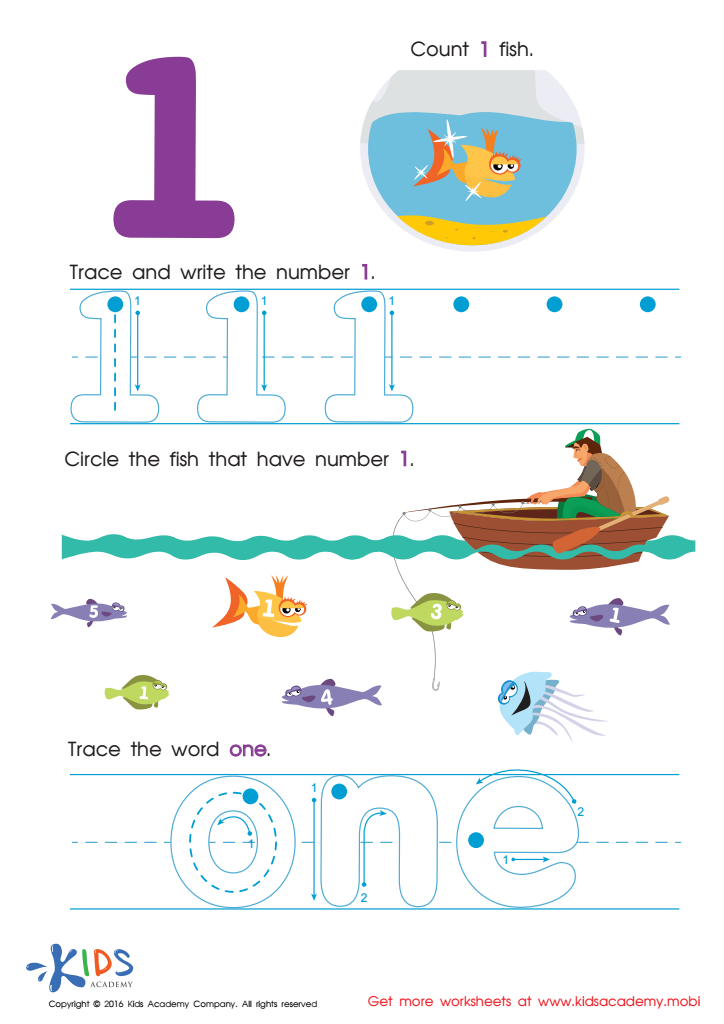

Learning to Write 1 Worksheet
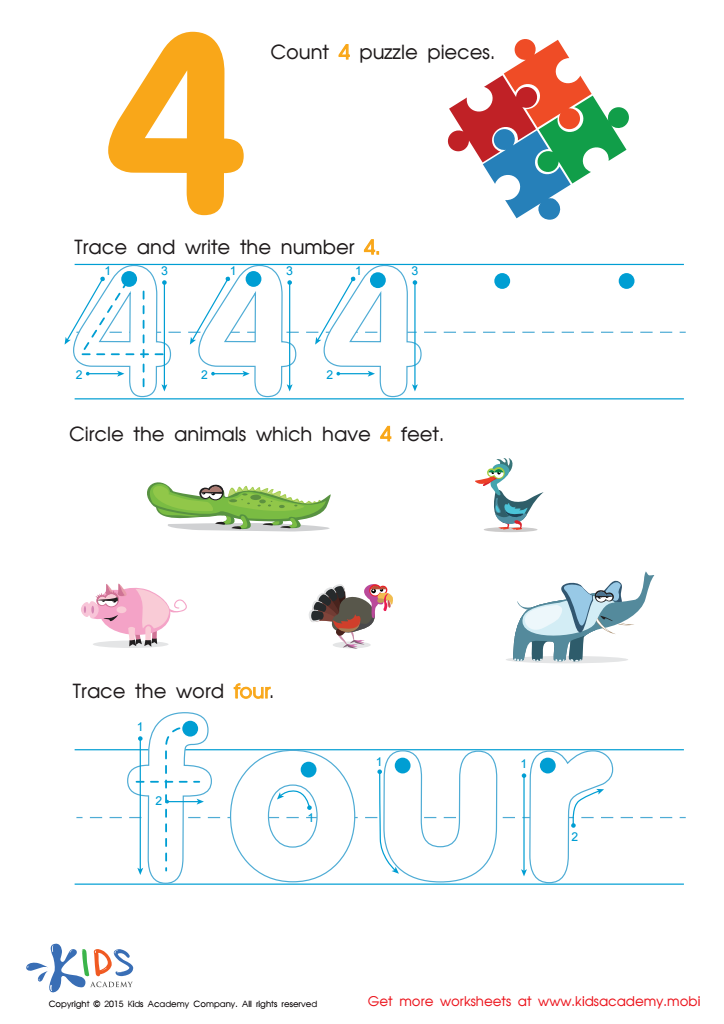

Teaching Children to Write Number 4 Worksheet
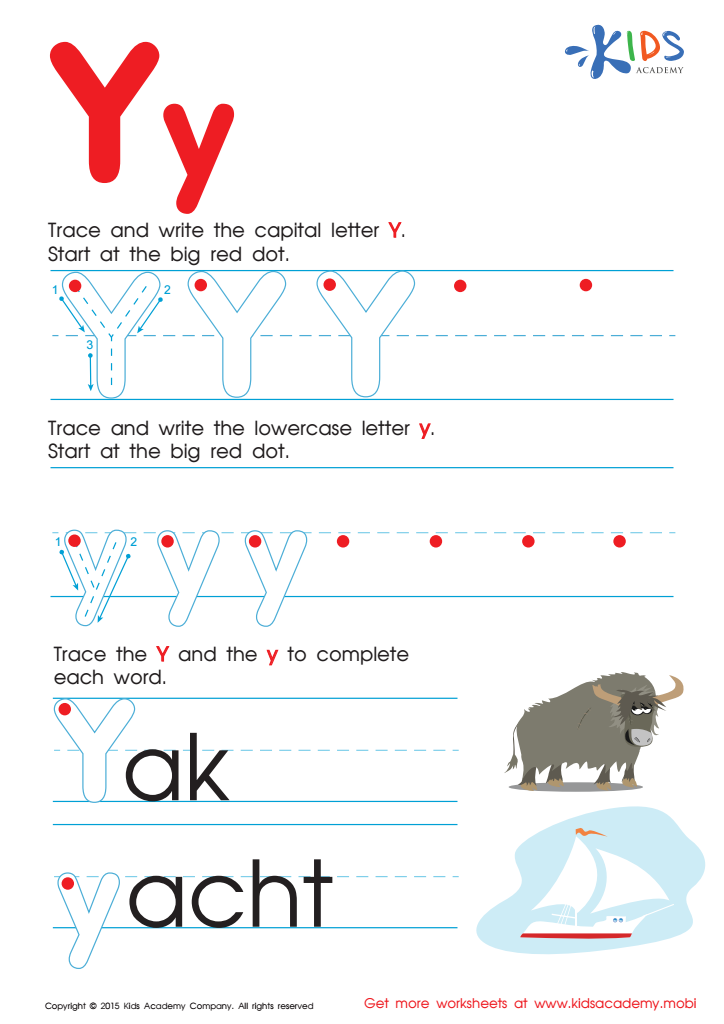

Letter Y Tracing Page
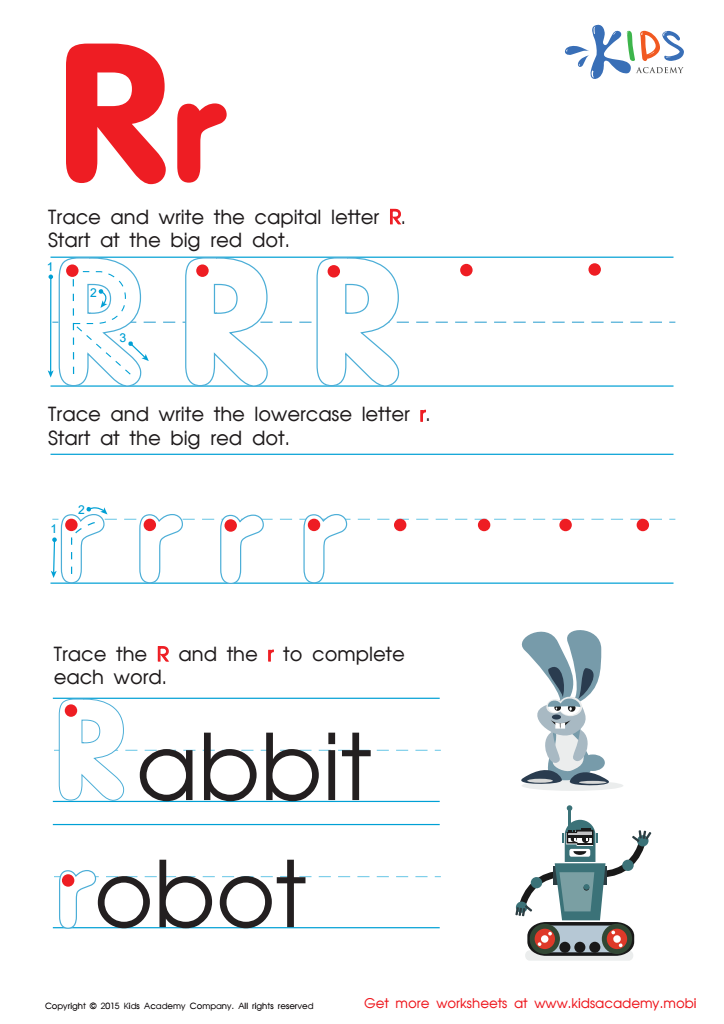

Letter R Tracing Page
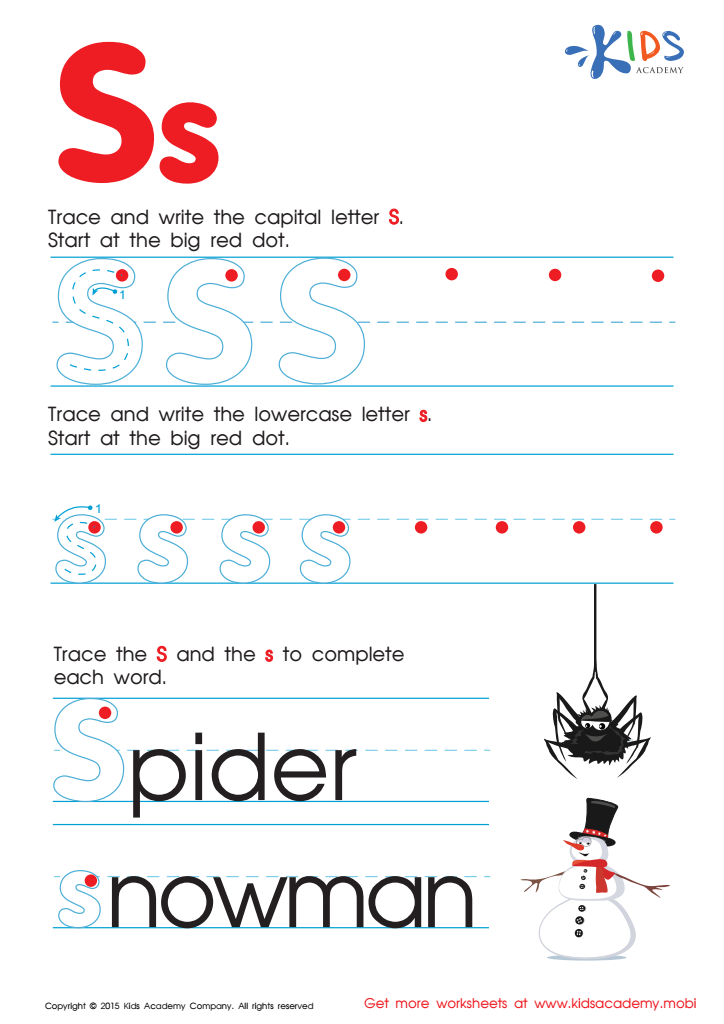

Letter S Tracing Page
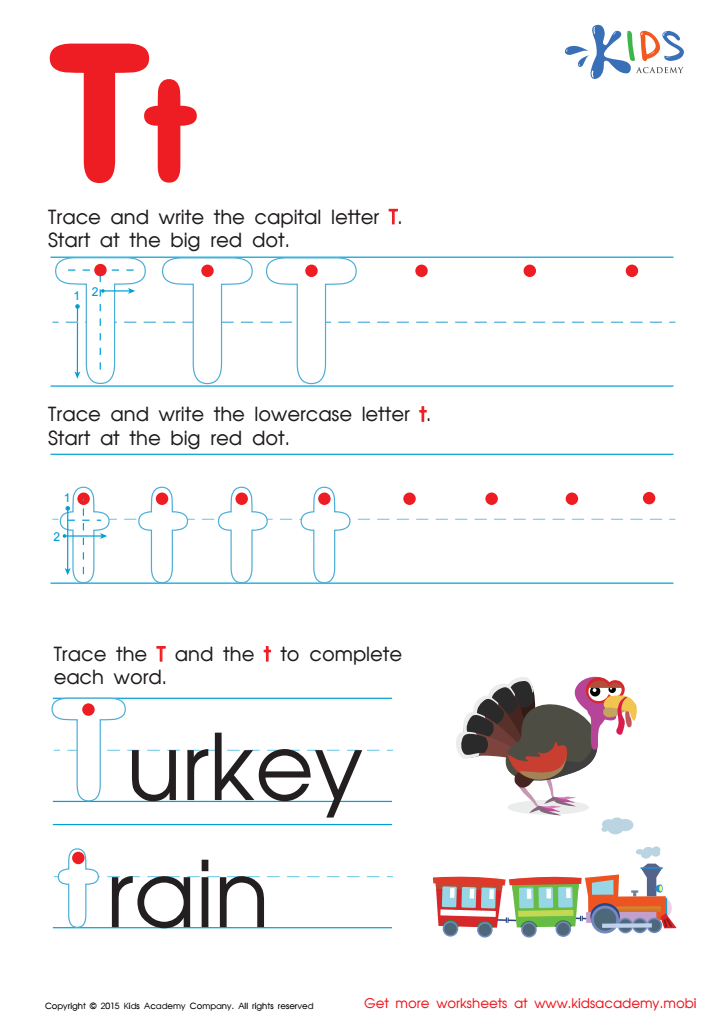

Letter T Tracing Page
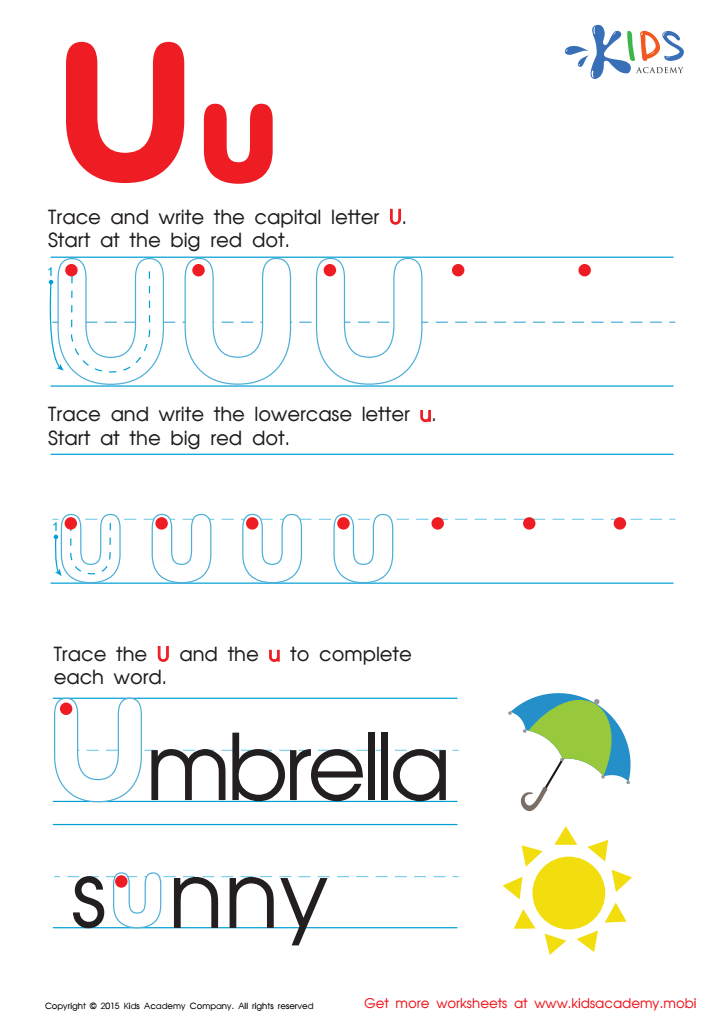

Letter U Tracing Page
Extra Challenge Tracing activities for ages 7-9 offer a multitude of benefits that parents and teachers should prioritize. At this developmental stage, children are honing crucial fine motor skills essential for writing, drawing, and other hands-on tasks. Extra tracing exercises not only refine these skills but also enhance a child’s hand-eye coordination, allowing for smoother and more controlled movements when holding a pencil.
Additionally, these activities encourage concentration and attention to detail, fostering patience as children practice tracing shapes, letters, or designs. This focus benefits academic performance across subjects, as children learn the importance of precision—a skill transferable to math, science, art, and even social studies.
Moreover, tracing can serve as a stepping stone to creative expression, stimulating imagination and boosting confidence. When children engage in artistic ventures, they develop their unique ways of problem-solving. Parents and teachers can effectively utilize tracing activities as a form of assessment, monitoring children's progress in both motor skills and cognitive understanding. Overall, incorporating Extra Challenge Tracing activities enriches children's educational experience, nurtures essential skills, and establishes a strong foundation for lifelong learning. Prioritizing these activities can lead to healthier writing habits and a more engaged, competent learner.

 Assign to My Students
Assign to My Students


